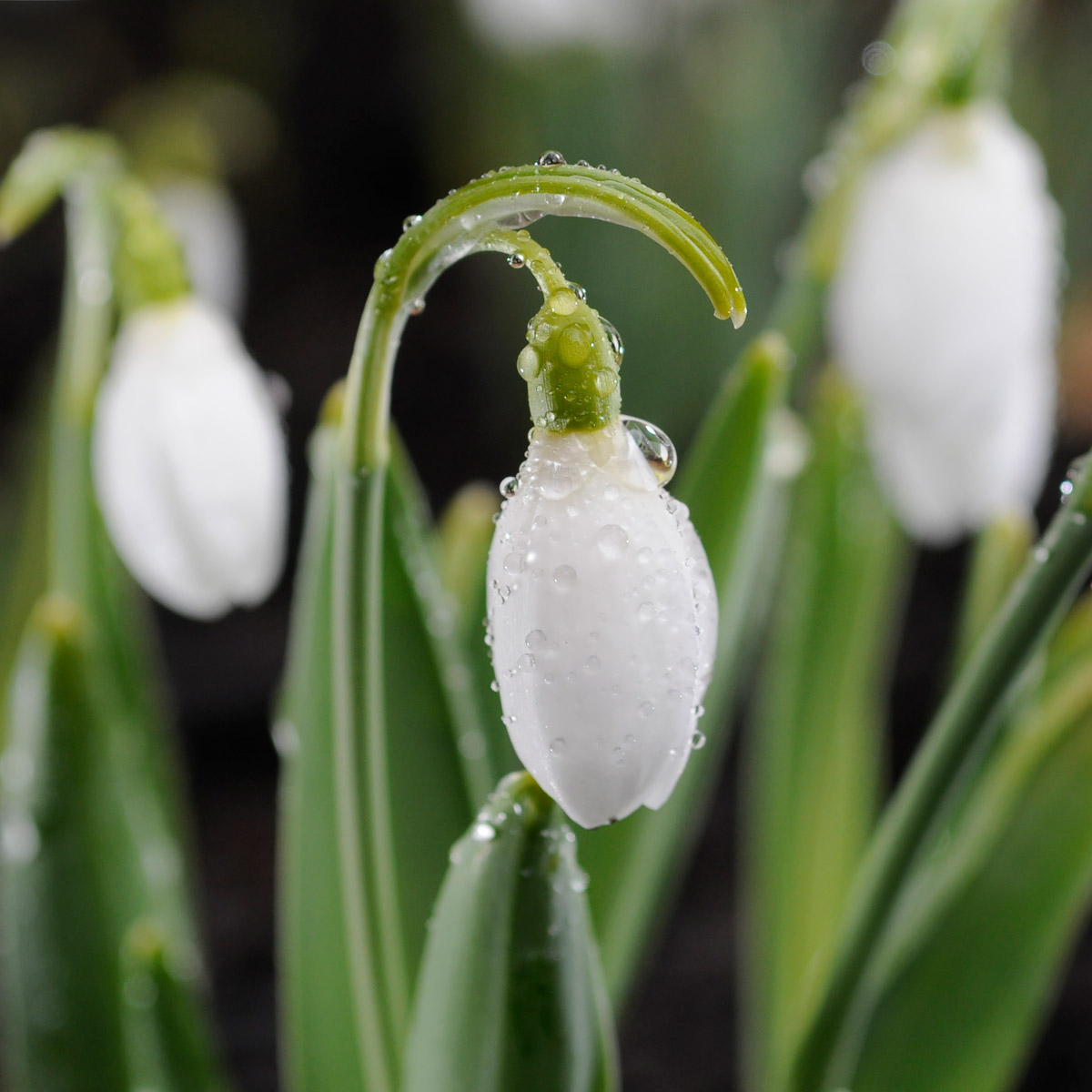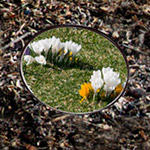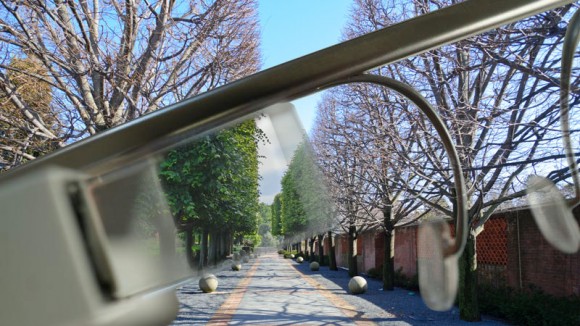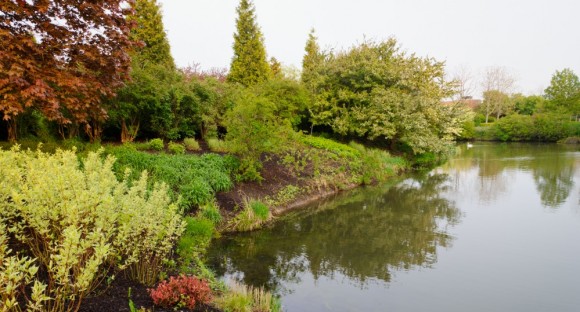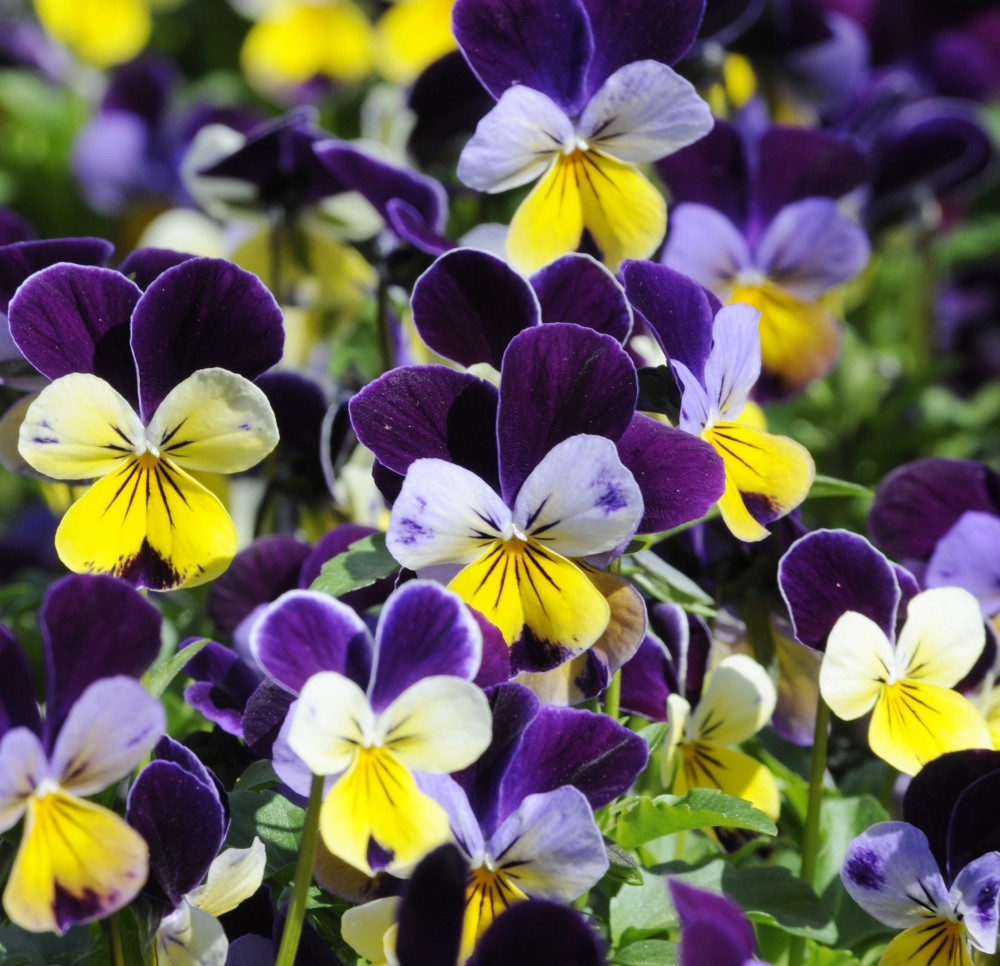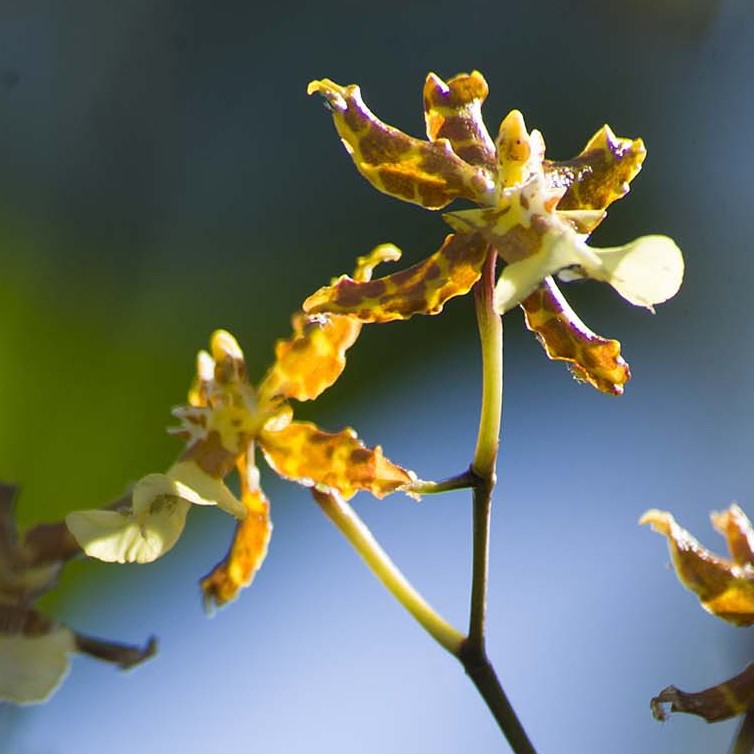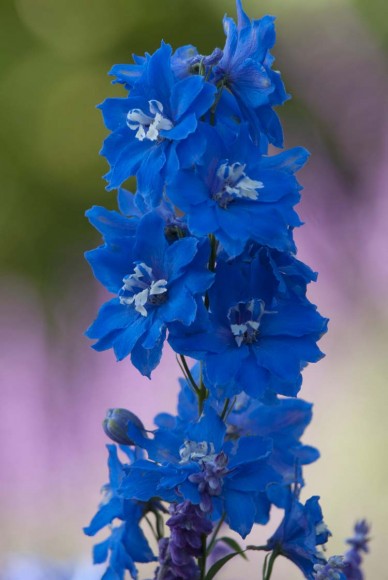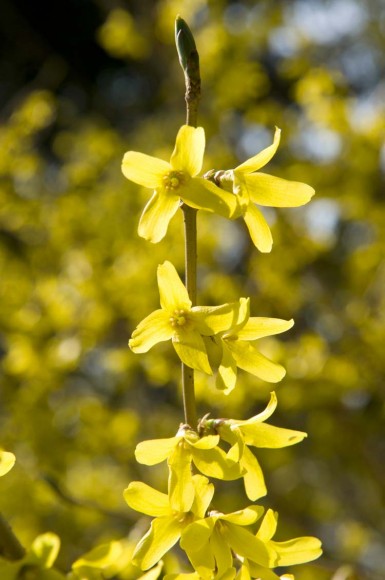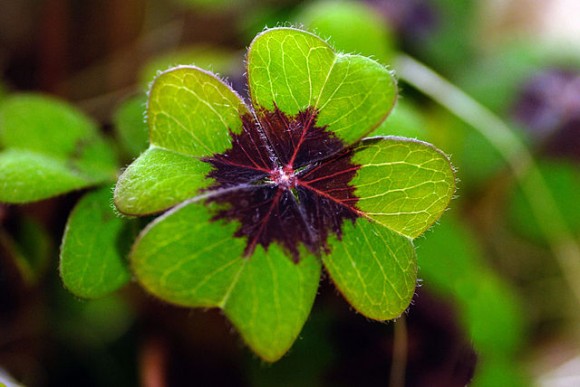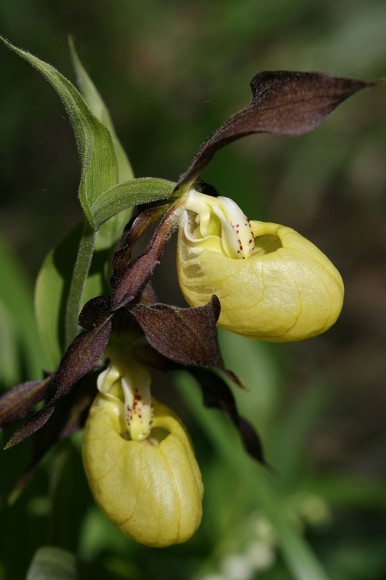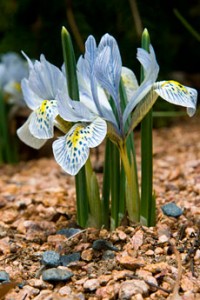The late February weather in Chicago has been a glorious time to be outside and work in the garden. But the unseasonably warm weather has also raised questions about the long-term effect on plants and what garden tasks are appropriate.
It is best to hold off on doing any detailed clean up of garden beds as the mulch and leaves in the beds will provide some protection to any early growing perennials when the weather eventually turns cold again. Raking leaves off the lawn and cutting back perennials are all fine to do now providing your garden soil is not too wet.
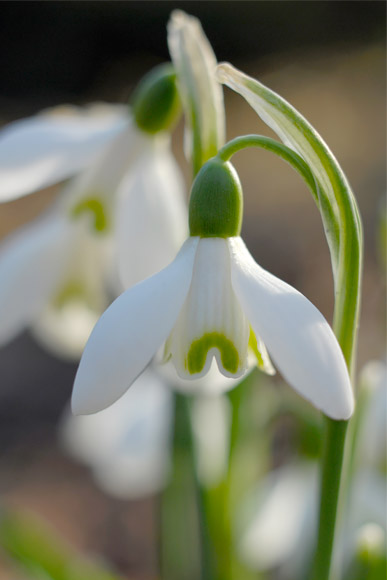
Early flowering bulbs like snowdrops that are in flower here at the Chicago Botanic Garden are very tolerant of the cold. Daffodil and tulip foliage is coming up; these might end up being damaged by a spell of cold weather, but this should not affect the spring flowers. You do not need to take any special maintenance steps to protect these plants.
If you have some perennials that are growing in a warm area of the garden with more pronounced growth, they might benefit from a light layer of mulch. For the most part, though, there is nothing special for most gardeners to do in their perennial beds.
This is great weather to prune but proceed with care. Spring flowering shrubs like viburnums, lilacs, and forsythia set their flower buds last year so pruning done at this time of year will remove flower buds and reduce the number of spring flowers. You can still prune—just be aware of the flower buds as you are pruning. Forsythia flowers along the stems while viburnums will have a flower bud at the ends of the stem.
The dormant season, and in particular late winter, is the best time of year to complete rejuvenation pruning, which is the aggressive pruning of overgrown shrubs to bring them back into scale with the garden. Shrubs like hydrangea (except oak leaf hydrangea), potentilla, and spirea that flower on new wood respond well to pruning now too. For instance, I cut my Annabelle hydrangea back to the ground each spring.
Any plants installed last summer or fall should have been mulched when they were planted. If they were not, then mulch them now to help mitigate the temperature swings in the soil and prevent frost heaving of any plants in spring. The freezing and thawing of the soil can push recently installed small plants such as 1-gallon perennials or ground covers that were grown in containers out of the soil as the weather transitions to spring.
If we receive a good covering of snow, the snow itself will not harm plants unless it builds up on them and breaks branches. It is a good idea to brush plants off during a storm if you observe them getting weighted down. Later snowstorms are more likely to come in wet and heavy. Leave the plants alone if the snow has frozen on them to avoid breaking branches during the removal process.
Enjoy the warm weather and the early blooms, both at the Chicago Botanic Garden and in your own backyard.

